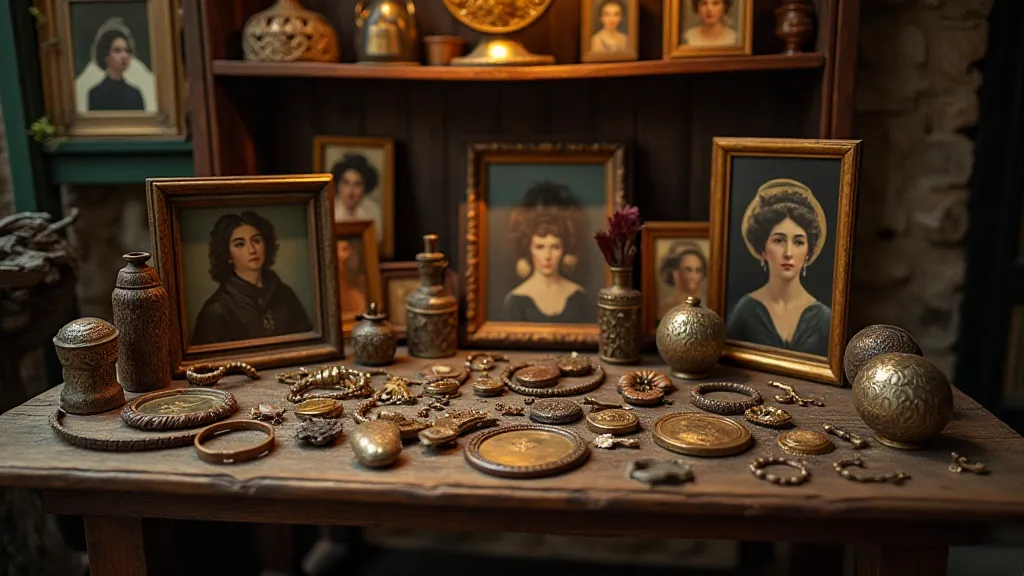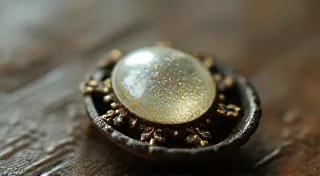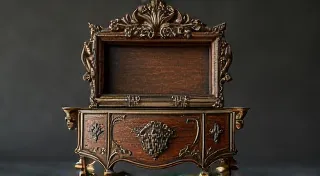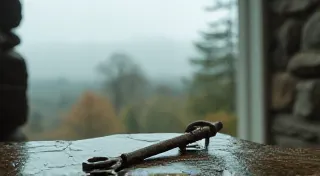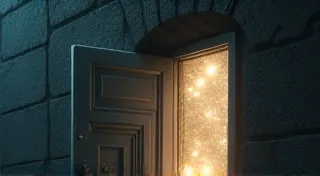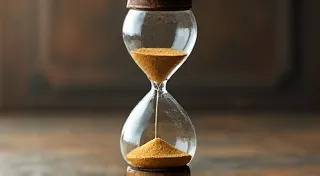From Strand to Story: Writing Prompts Inspired by Victorian Hair Art
The delicate tracery of hair, painstakingly woven and arranged, forming a miniature landscape, a portrait, a testament to memory. Victorian hair art – it’s a practice that feels shrouded in a mist of sentimentality, loss, and astonishing craft. More than just an art form, it's a tangible link to lives lived, loves remembered, and the intricate rituals that marked a bygone era. As a collector and admirer of these pieces, I've always been struck by the stories they hold, stories that whisper to be told.
These weren't frivolous decorations. Hair art arose during a period deeply concerned with mortality, intensified by high infant mortality rates, frequent outbreaks of disease, and the realities of industrial life. The Victorians developed elaborate mourning rituals, and hair work was a natural extension of these practices – a way to keep a loved one close, to create a lasting memorial. The practice speaks to a profound desire to preserve connections in a world often marked by abrupt departures.
My own fascination began with a small mourning brooch I inherited from my grandmother. It held a few strands of my great-grandmother's hair, coiled around a tiny, faded photograph. Holding it, I felt a sense of connection, a whisper of history that transcended generations. It prompted me to delve into the world of Victorian hair art, and I’m consistently amazed by the skill involved and the sheer variety of forms created – from intricate bracelets and lockets to elaborate frames and even miniature landscapes.
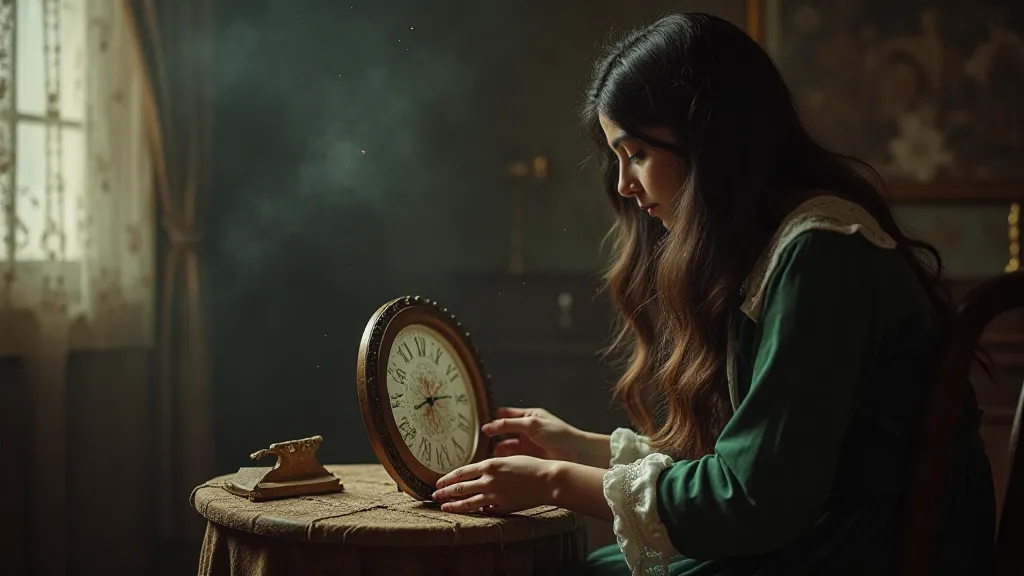
The Craft and the Loss
Creating hair art was a demanding craft. The hair itself needed to be carefully prepared – washed, dried, and sometimes treated to achieve a particular color or texture. Different techniques were employed – weaving, braiding, roping, and knotting – each requiring a high level of precision and patience. The tools were simple – needles, thread, scissors – but the skill was extraordinary. Imagine the hours spent meticulously crafting a piece, driven by grief and a desire to immortalize a loved one.
What's particularly compelling is the emotional weight these pieces carry. Knowing that each strand was a direct connection to a person, a life lived, adds an undeniable poignancy. The act of creation itself must have been a powerful catharsis, a way to process loss and celebrate the memory of the departed. There's a quiet dignity in the artistry, a resilience in the face of sorrow.
Writing Prompts: Weaving Narratives from Hair
The beauty and history of Victorian hair art naturally inspires stories. Here are some prompts designed to spark your imagination and let you craft narratives drawn from these poignant artifacts.
Prompt 1: The Unsent Locket
Imagine a locket containing hair, but also a pressed flower and a partially written letter. The letter never reached its intended recipient. Who were the writer and the intended recipient? What was the nature of their relationship? Why was the letter never sent? What secrets does the locket hold?
Prompt 2: The Apprenticeship
A young woman living in poverty becomes an apprentice to a renowned hair artist. She discovers the artist harbors a secret – a past connection to a family mourning a great loss. The apprentice must navigate the complex emotions of grief and the pressures of creating art for those in mourning while uncovering the artist’s own hidden story. Explore themes of class, loss, and the transformative power of art.
Prompt 3: The Collector's Regret
A wealthy collector, obsessed with acquiring Victorian hair art, purchases a piece that holds a dark history. The previous owner died under mysterious circumstances, and rumors suggest the hair art is cursed. The collector must confront their own obsession and the unsettling secrets hidden within the artifact. Explore themes of greed, obsession, and the consequences of disturbing the past.
Prompt 4: The Healer's Craft
In a rural Victorian village, a woman uses her hair art skills not for mourning, but for healing. She creates intricate pieces incorporating herbs and symbolic motifs believed to offer comfort and protection. A newcomer to the village, skeptical of such practices, challenges her methods, leading to a clash of beliefs and a journey of understanding. Consider the role of folk remedies and the power of belief in a time of hardship.
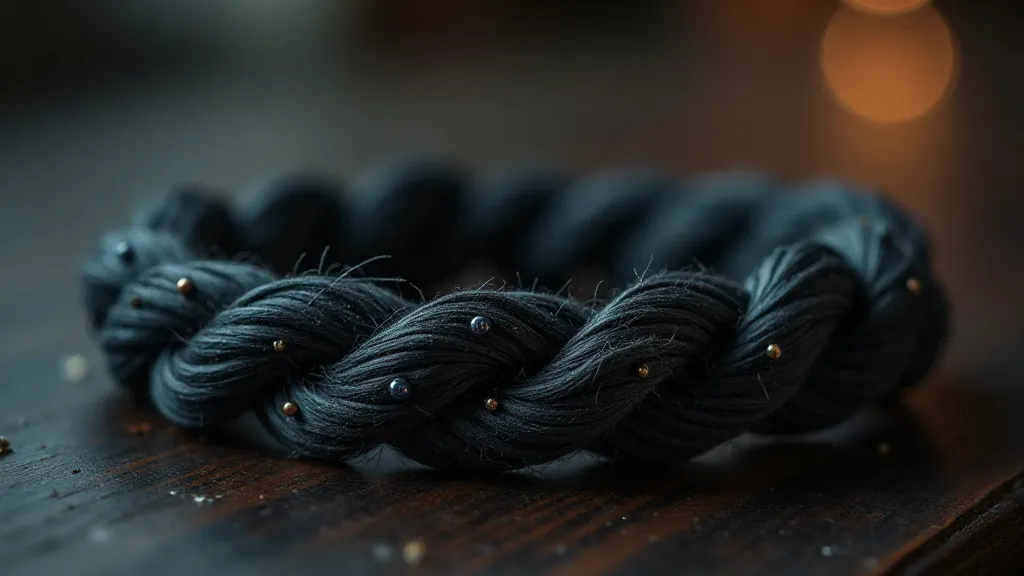
Restoration and Respect
Seeing these pieces today, whether in a museum or a private collection, requires a delicate balance of appreciation and respect. Many have suffered from the ravages of time – fading colors, brittle hair, damaged frames. While restoration can be a vital process in preserving these artifacts, it's crucial to approach it with sensitivity, honoring the original intention and craftsmanship.
Understanding the historical context is paramount. Knowing the techniques employed allows for informed restoration choices. Often, less is more – stabilizing fragile elements and preventing further deterioration can be more valuable than attempting a complete restoration that might erase the piece’s unique history. A small imperfection, a slight discoloration – these are not flaws, but testaments to a life lived and a story waiting to be told.
The Enduring Legacy
Victorian hair art offers a unique window into a world of profound emotions and remarkable artistry. These pieces are more than just decorative objects; they are tangible links to the past, stories whispered across generations. By appreciating their history, understanding their craft, and allowing our imaginations to be inspired by their beauty, we can keep the legacy of Victorian hair art alive, one delicate strand at a time.
